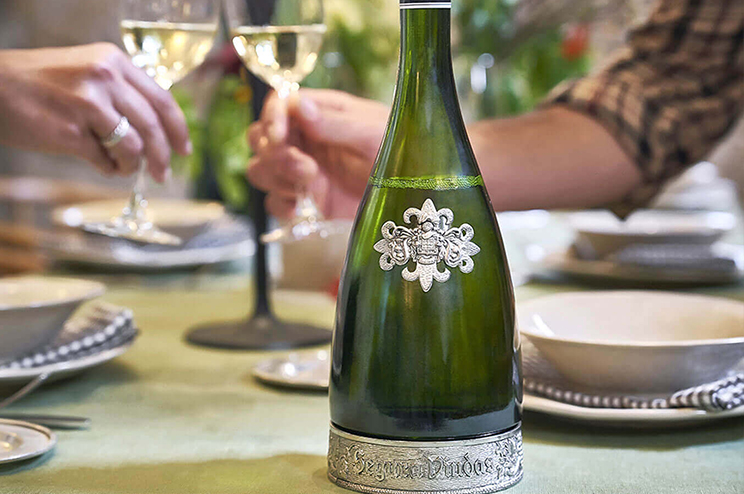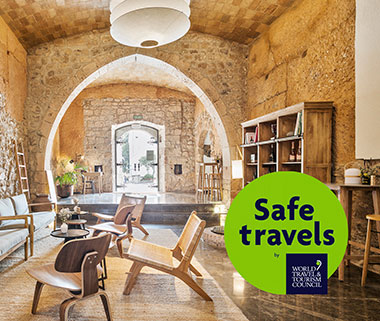This news belong to
Cavas and wines
News
Consejos para conservar el cava en casa
In reality there are no differences between champagne and Cava in terms of the way they are made. Both wines are sparklings that are made with the “traditional method” or fermentation in the bottle. The French were the discoverers of this method, which is why it is also known as Methode Champenoise.
The name of Champagne cannot be used anywhere other than in the delimited region of France where it is made, as is the case with Cava in Spain, where the denomination of origin Cava extends throughout different territories from the country.
The area and the weather
The climate in the Penedès area, Catalonia, is a Mediterranean climate with mild winters and hot summers. In the heart of this land is where our Winery Segura Viudas is located and where Cava had its origins. In contrast, the Champagne region enjoys a much less moderate climate, a continental climate with an Atlantic influence with a much larger thermal difference.
The type of grape
In the case of Cava, the main grapes used for its production are Parellada, Macabeo and Xarel·lo, although the Cava Regulatory Councilal so allows other varieties. In the case of champagne, the most common grapes are Chardonnay, Pinot Noir and Pinot Meunier.
Wine aging
Cava can be classified according to the aging time, the classification established by the the Cava Regulatory Council is as follows: Cava de Guarda (minimum 9 months) and Cava de Guarda Superior, where there are three subcategories: Reserva (from 18 months), Gran Reserva (from 30 months) or Cavas de Paraje Calificado, aged for more than 36 months.
On the other hand, according to Comité Champagne, to produce Champagne at least 15 months must elapse between the tirage and the expedition, 12 obligatorily on the lees. The period is raised to 3 years for Champagne with a vintage (millésimes). This legal term is almost always actually longer in Champagne: on average 2 to 3 years for non-vintage vintages and between 4 and 10 years for most vintage Champagnes (millésimes).
Taking into account their differences, both are considered high quality drinks. Characterized by its delicacy and bubbly sensation on the palate, we invite you to try our exquisite Segura Viudas Reserva Heredad, a tasty, fresh and harmonious Cava, with a good presence of fruit; it runs creamy and ends with the excellent taste sensations of a great aging Cava.


